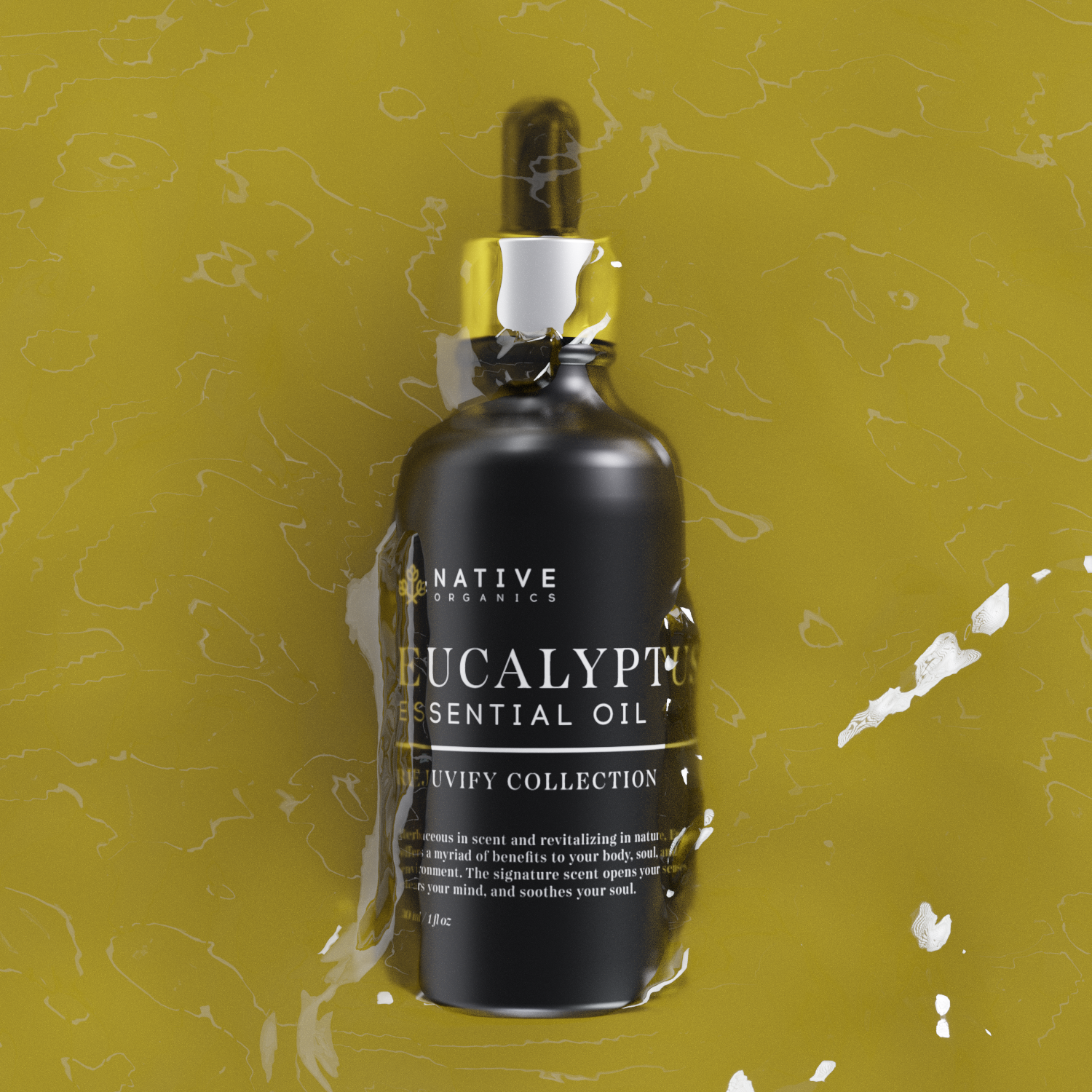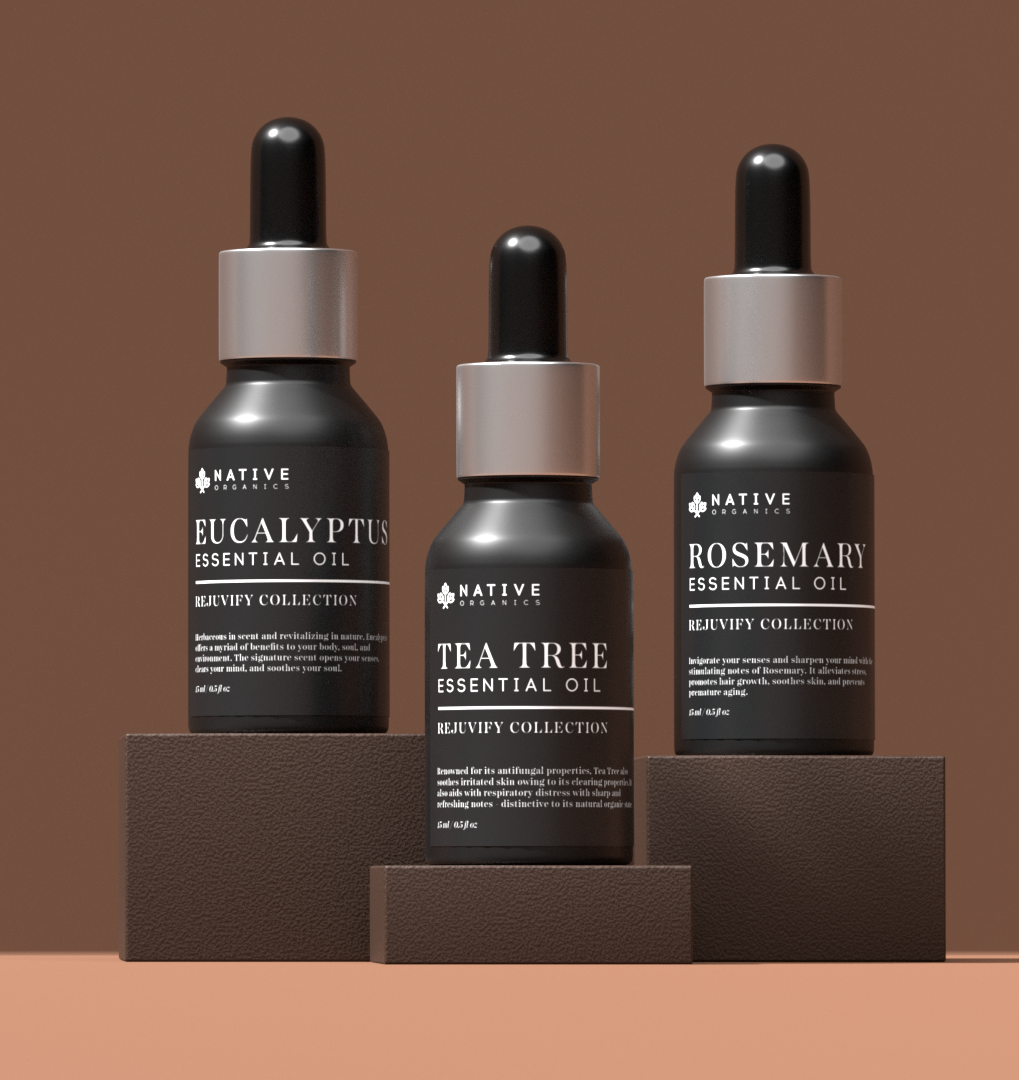Essential oils and carrier oils have been used for centuries for numerous benefits for the skin, hair, and overall health. Essential oils are highly concentrated plant extracts that contain the natural aroma and advantages of the plant. In contrast, carrier oils dilute them for safe and effective use.
At Native Organics, we offer 100% pure and organic essential and carrier oils, making mixing the two easy to create a customized blend for your specific needs. But how do you incorporate essential oils with carrier oils correctly?
Here's a comprehensive guide to help you mix essential oils with carrier oils effectively and safely.
Step 1: Choose Your Essential Oils
The first step in mixing essential oils with carrier oils is to choose the suitable essential oils for your needs. Essential oils come in a variety of scents, and each one offers different benefits.
For example, lavender essential oil is known for its relaxing and calming properties. In contrast, tea tree oil is known for its antibacterial and antifungal properties. Therefore, before mixing essential oils, it's important to research each oil's benefits and determine which will work best for your specific needs.
Step 2: Choose Your Carrier Oil
Once you've chosen your essential oils, the next step is to select a carrier oil. Carrier oils dilute the essential oils, making them safe for use on the skin.
Common carrier oils include sweet almond oil, jojoba oil, coconut oil, and grapeseed oil. Each carrier oil offers different benefits, so choosing the right one for your specific needs is essential.
Step 3: Determine the Dilution Ratio
The next step in mixing essential oils with carrier oils is determining the correct dilution ratio. Essential oils are highly concentrated and can cause skin irritation if used undiluted. A general rule of thumb is to use a 2% dilution ratio, which means two drops of essential oil for every teaspoon of carrier oil.
However, some essential oils are more potent than others and may require a lower dilution ratio. Therefore, it's important to research and follows the recommended dilution ratio for each essential oil to ensure safe use.
Step 4: Mix the Essential Oils and Carrier Oils
Once you've determined the correct dilution ratio, it's time to mix your essential oils with your carrier oils. Add the recommended number of drops of essential oils to your carrier oil and mix well.
Step 5: Store Your Blend
After mixing your essential oils and carrier oils, storing your blend in a cool, dark place to preserve its potency and freshness is vital. You can keep your blend in the dark glass bottle with a dropper for easy use.
Final Thoughts
Mixing essential oils with carrier oils is a great way to create a customized blend for your specific needs. By following these simple steps, you can ensure that your blend is safe, effective, and tailored to your particular needs.
At Native Organics, we believe in the power of natural, organic products. We're committed to providing high-quality essential and carrier oils for your health and wellness needs. Please browse our selection of pure and organic oils today!


